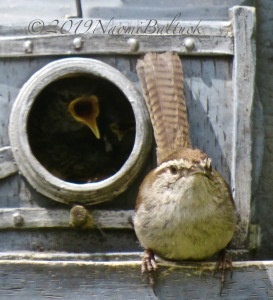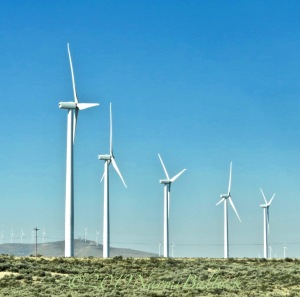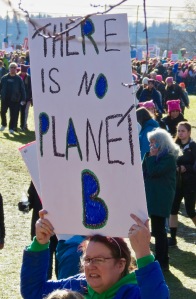It was only last summer, but it seems a lifetime ago that we visited Iceland…
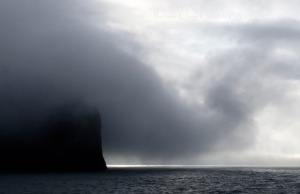
…a country very different from ours, but one of stark beauty.

A land of fire…
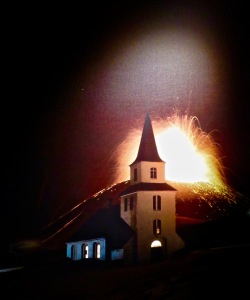 (Photo from Eldheimer Museum, Westman Islands.)
(Photo from Eldheimer Museum, Westman Islands.)
…and ice.

History…

Culture…

…and wit.

My mom used to say, “You can find something in common with everyone you meet, even if it’s only that your feet hurt.” A global pandemic should qualify.
At the Adalstraeti Museum, we saw old photographs of the inhabitants of Reykjavik.

An interpretive sign read, “Women in traditional costumes, boys from the Reykjavik Football Club…a professor in a coat with an opulent fur collar, several generations of a family, parents with their firstborn, Little Miss Reykjavik, a girl with a lamb, a boy in a sailor suit. It’s tempting to speculate on where they might have gone after the photographs were taken. Home to Lindargarta, or for a coffee at Hotel Island? Down to the shore to watch the lumpfish catch being landed? Or back to work after returning borrowed clothes?
All the portraits in this exhibition were taken in the first nine months of 1918…Some of the people we see in these pictures may well have perished in the epidemic: all will have lost friends or relatives. The only thing we can know for sure about these past inhabitants of Reykjavik is that in the instant the shutter opened, they were there—facing the camera—alive in the moment.”

On October 19, 1918, the Spanish flu hit Iceland like a tsunami when three infected ships made port in Reykjavik. The first death followed twelve days later. Ten thousand people, two thirds of Iceland’s capital city, fell ill. The hospitals were overwhelmed. A field hospital was set up to accommodate the overflow, and a center was created to care for children orphaned by the pandemic. Shops closed, newspapers went dark, and when telephone operators took ill, Iceland lost contact with the outside world.
While the West and South of Iceland suffered, guards were posted to prevent travel from infected areas. They contained the spread, sparing the North and the East of the island. After a month, the infection peaked, and the dead were buried in mass graves.

The exhibit commemorated the centennial of the 1918 pandemic and celebrated the Icelanders’ laudable response. Many donated funds to feed the sick. Others brought meals to friends and strangers. Everyone in Reykjavik was assigned an official to check on them and procure help, if needed.
We were there in the summer of 2019, never suspecting that the exhibit foreshadowed the novel coronavirus that would strike the following winter, and rapidly intensify into a global pandemic. We still languish in the first wave of CoVid-19, recalling with apprehension that the Spanish flu came in four waves, infected 500 million people, and left 50 million dead.
An older story harkens back to The Black Death, that raged across Asia and Europe in the 14th century, spread by sailors and rats along trade routes. Within five years, it too had killed 50 million people.
 (public domain)
(public domain)
At that time, an Icelandic merchant ship was preparing to sail homeward from Bergen, Norway, hoping to outrun the plague. But before they could weigh anchor, several crew members developed symptoms. All their instincts must have cried out for home…
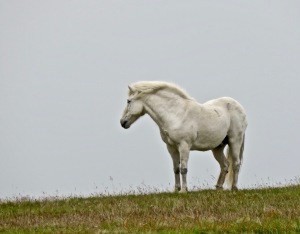
…but the crew elected to remain in Bergen, knowing they would never see their home or loved ones again.

Thanks to their sacrifice in 1347, Iceland was spared the ravages of that deadly plague.

As the Adalstraeti Museum stated, the only thing we can know for certain about these people from the past is that they were there, alive in the moment. But it’s tempting to speculate. Had you been on that ship, with buboes swelling in your groin, would you have resigned yourself to death in a foreign land to spare your countrymen a similar fate? What if you were one of the crew with, as yet, no symptoms? Would you still remain in Norway, surrendering any slim hope of survival, in order to contain the infection for the greater good?
 (public domain)
(public domain)
I met my sister’s friend Rachel, a retired nurse, and her husband while visiting in Alaska. I was surprised last spring, when she left Juneau to fly to New York, which was suffering 600 deaths daily, as hospitals were slammed by CoVid-19 patients. Rachel joined thousands of healthcare volunteers working 12 and 16 hour shifts, collapsing into bed each night, and waking to start all over again.
A friend of mine volunteers at a shelter for homeless youth. Why risk it? I speculate that in each youth she sees a person plagued by fears and sorrows, yet clinging to hopes and dreams. Like the girl with the lamb, these kids are alive in the moment, but their world was rife with hardship, danger, and isolation even before the pandemic struck. A pandemic shines a harsh light on society’s economic and racial disparities, and those kids are a tiny fraction of the people who’ve slipped through holes in our social safety net.
We don’t know what the next five years, or even five months will bring, but it will get worse before it gets better. Like the people of Reykjavik, we must care for each other. Some people are in no position to donate funds or volunteer outside of their place of shelter. But almost everyone can wash their hands and wear a mask when going out, if not to protect themselves, then to protect the vulnerable among us. Like those who were here–facing the camera–very much alive in the moment…

Everyone is someone’s child, parent, sibling or grandparent.

Many have underlying conditions or circumstances you know nothing about.
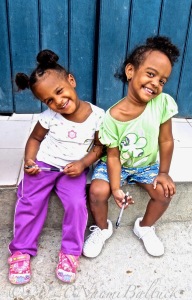
Wearing a mask is inconvenient, but well worth it, if it can save even one life.

If you can’t do this one small thing for friends, family, neighbors, and community, it’s tempting to speculate…what kind of person are you?

Except where noted, ©2020 Naomi Baltuck



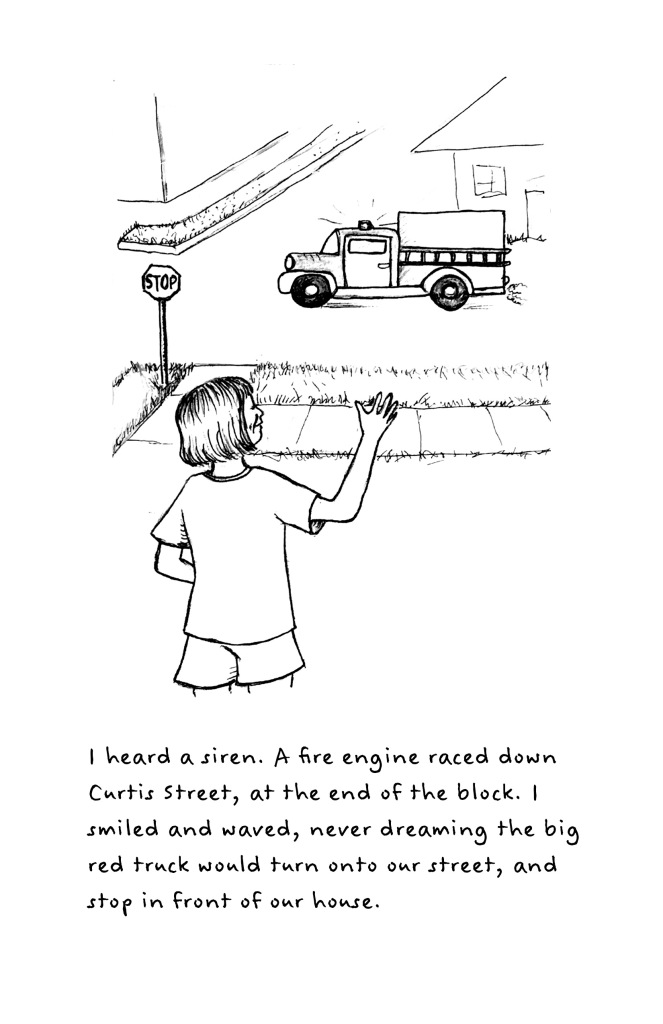
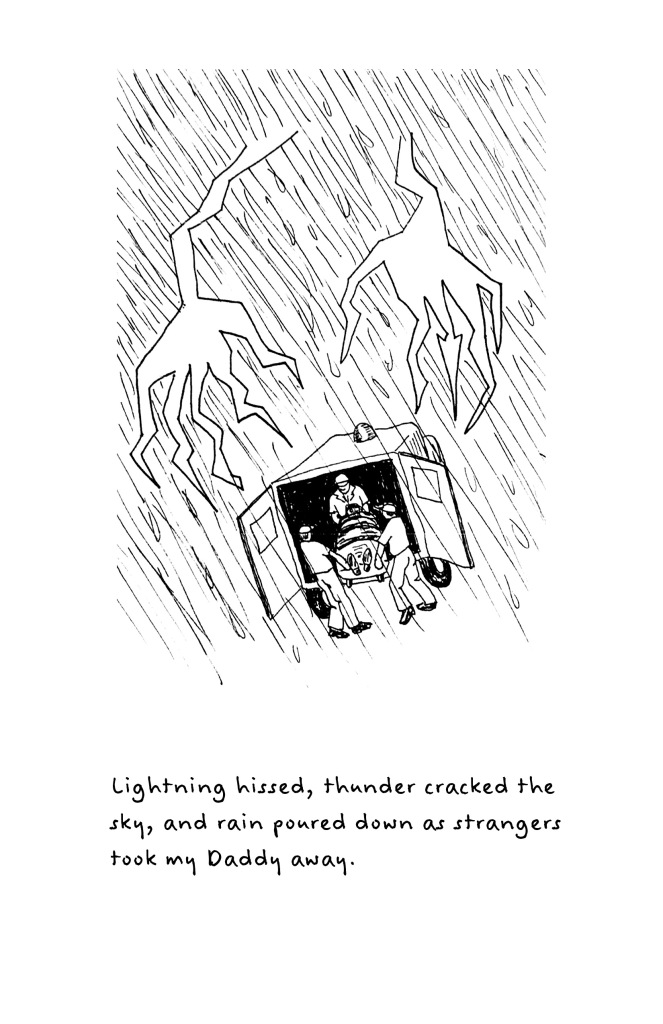




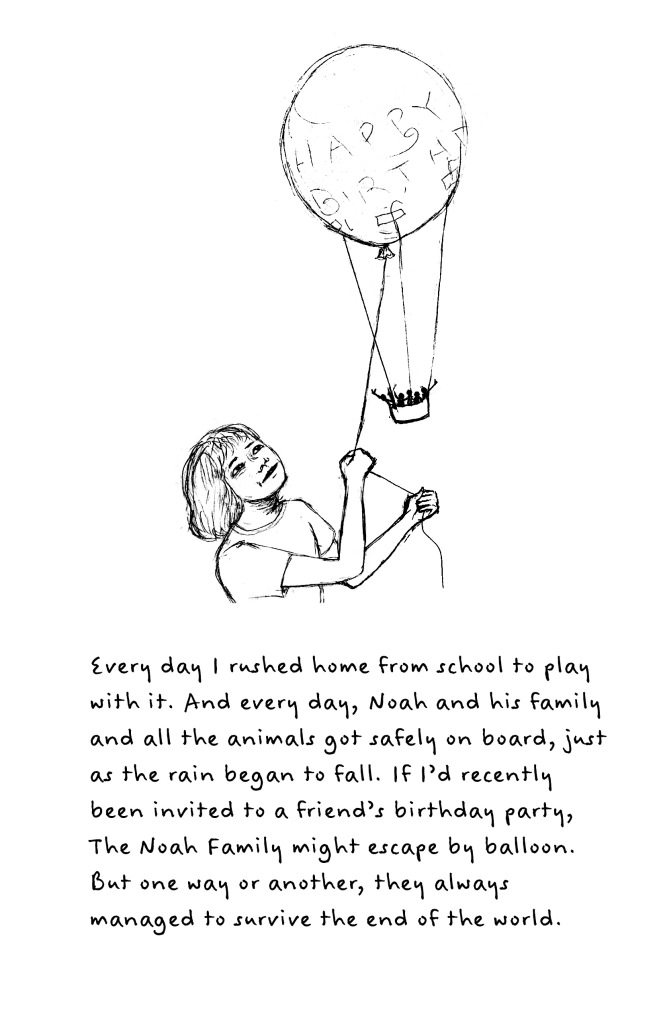


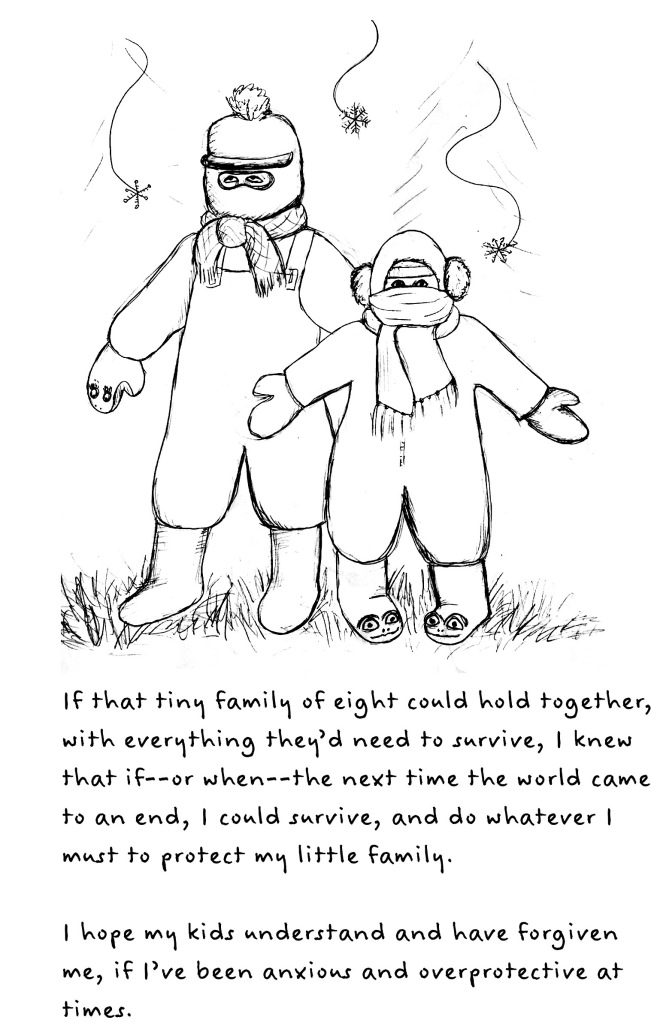



 (Photo from Eldheimer Museum, Westman Islands.)
(Photo from Eldheimer Museum, Westman Islands.)






 (public domain)
(public domain)


 (public domain)
(public domain)







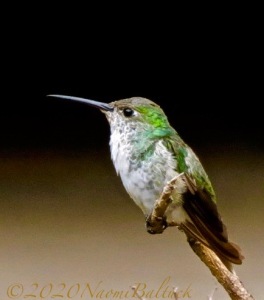
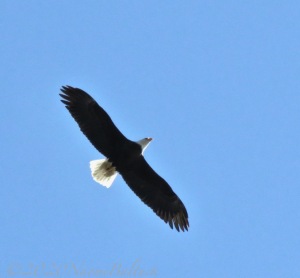






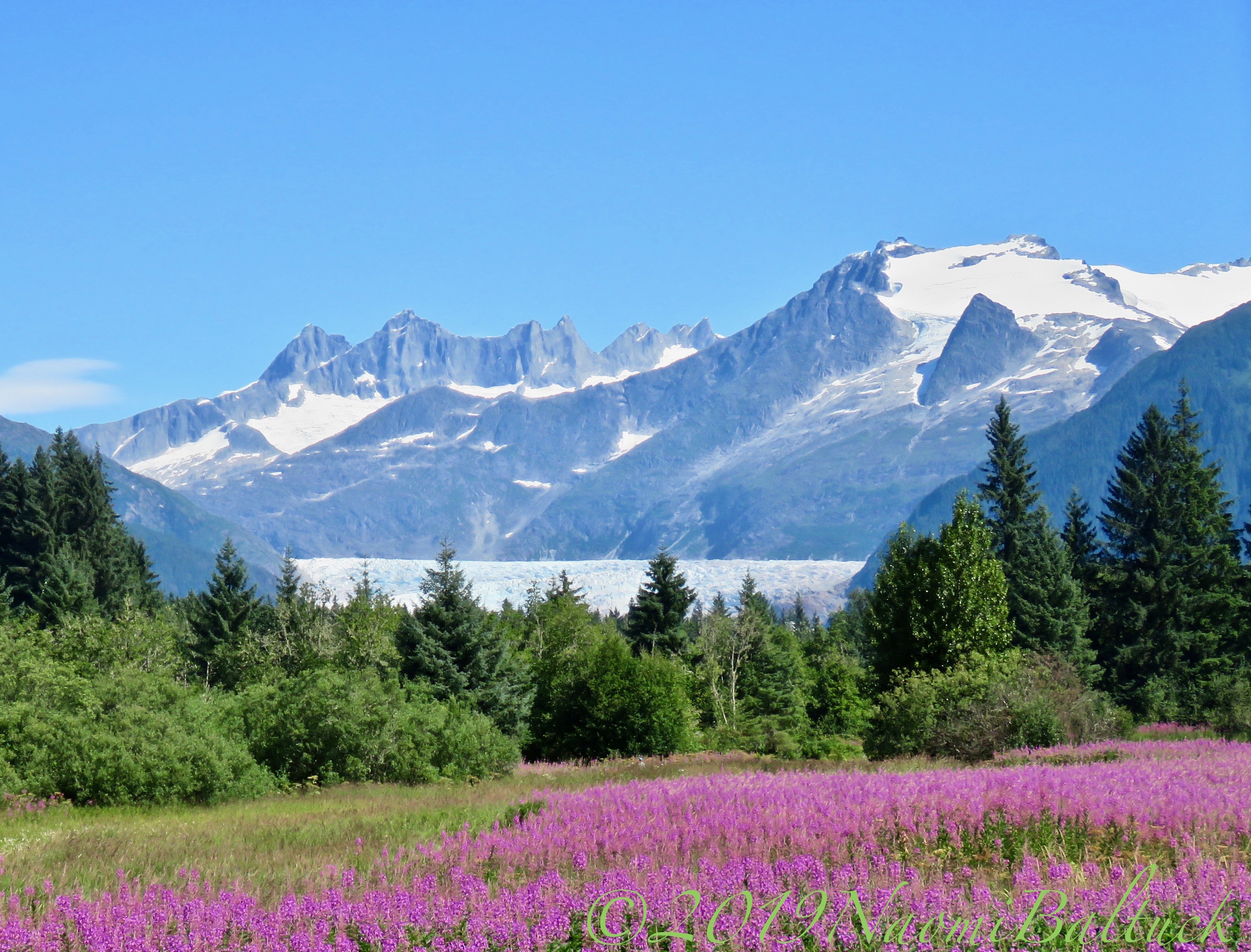






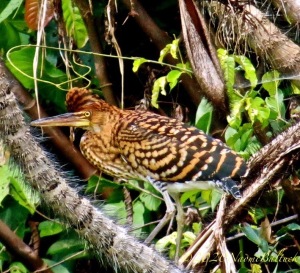
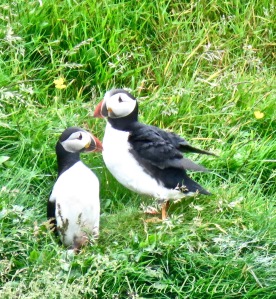


 (Photo by Amanda Lightfoot)
(Photo by Amanda Lightfoot)
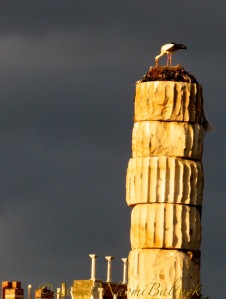


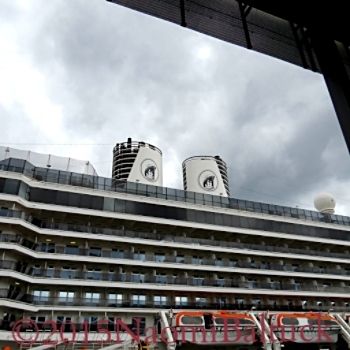

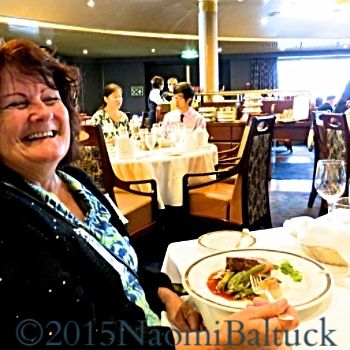
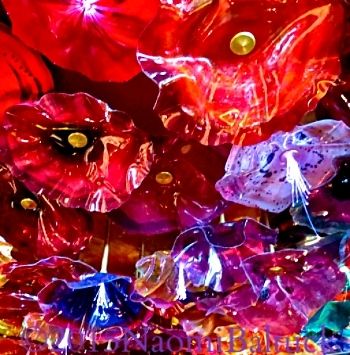
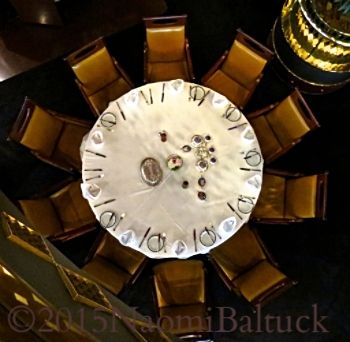
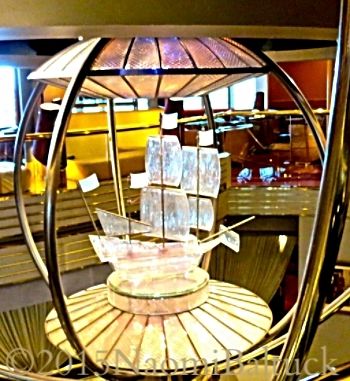

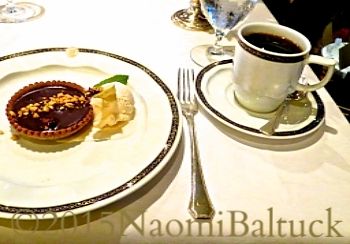


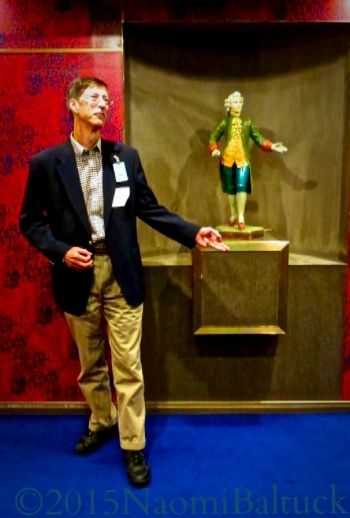

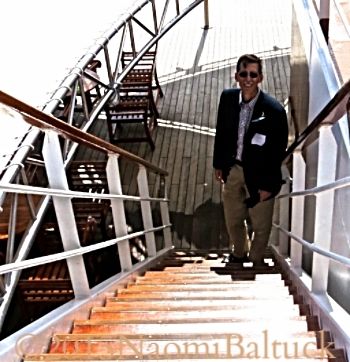
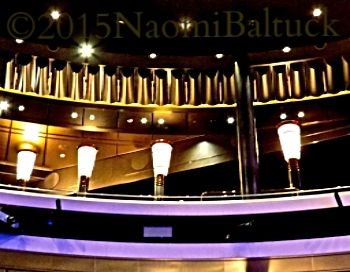
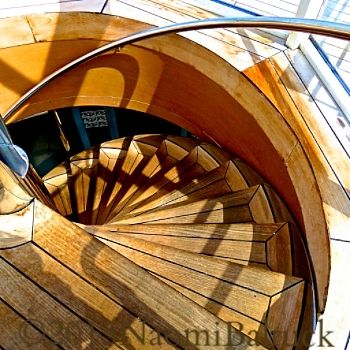

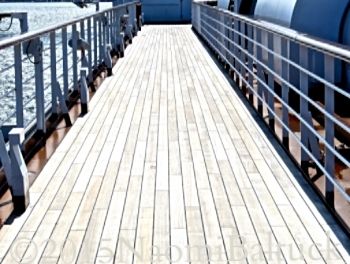

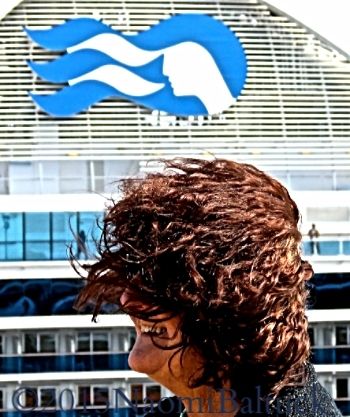

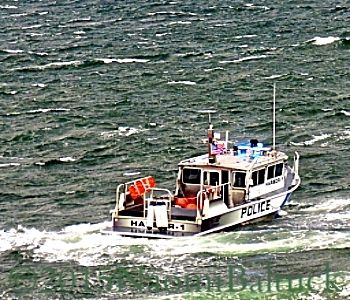
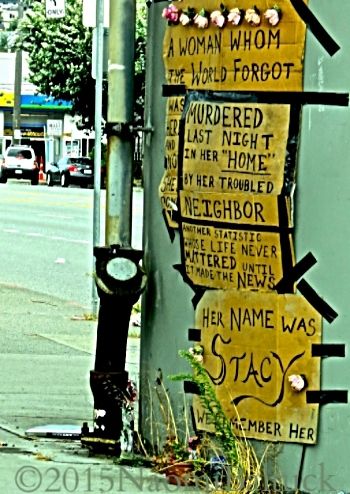




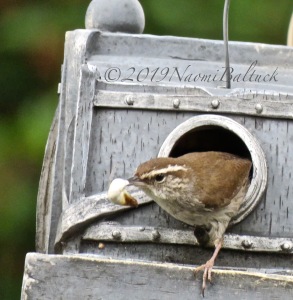
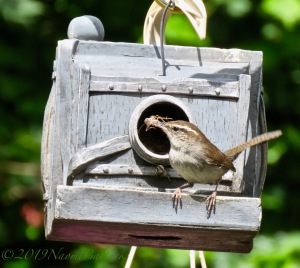

 Illustration of Bewick’s Wren by J. G. Keulemans, 1881.
Illustration of Bewick’s Wren by J. G. Keulemans, 1881.

